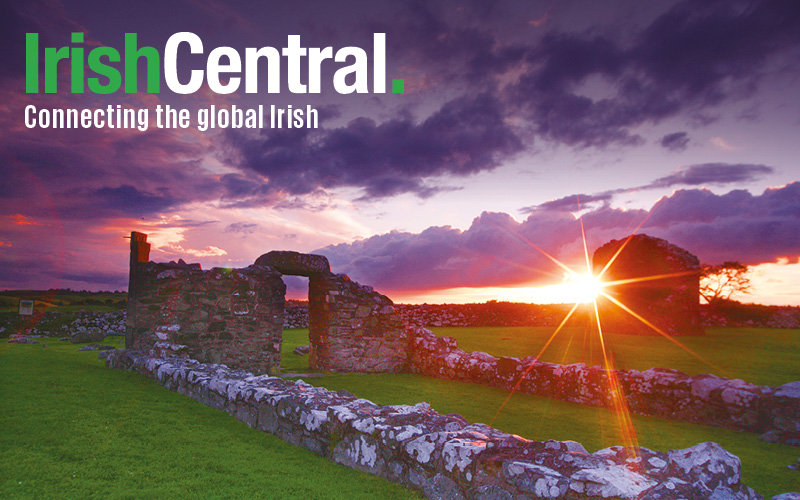Citing atrocities carried out by Christopher Columbus after arriving in the Americas the Notre Dame president has ordered murals of Columbus to be covered up.
Paintings of Christopher Columbus arriving in the Americas, which are displayed in the main building at Notre Dame University, in South Bend, Indiana, are to be covered up.
University president Father John Jenkins made the announcement on Martin Luther King Day saying that the 19th century murals painted by Luigi Gregori are "at worst demeaning" toward native people and Columbus' arrival in the new world was "nothing short of a catastrophe" for them.

Father John Jenkins.
In a letter to the campus community, Jenkins wrote that he's "heard from students, alumni, faculty, staff, representatives of the Native American community, and others on this complex topic" and has "decided, after consultation with the University's Board of Fellows, on a course that will preserve the murals, but will not display them regularly in their current location."
Jenkins stated that the murals' current location — "a busy throughway for visitors and members of the university community" — is "not well suited for a thoughtful consideration of these paintings and the context of their composition."
The murals will be covered by a woven cloth that can be removed on special occasions.
"Our goal in making this change is to respect both Gregori's murals, understood in their historical context, and the reality and experience of Native Americans in the aftermath of Columbus's arrival," Jenkins wrote.
"We wish to preserve artistic works originally intended to celebrate immigrant Catholics who were marginalized at the time in society but do so in a way that avoids unintentionally marginalizing others."

Painting of Christopher Columbus arriving to the Americas.
With an extensive arsenal of advanced weaponry/horses, Columbus and his men arrived on the islands that were later named Cuba and Hispaniola (present-day Dominican Republic / Haiti) in 1492.
Upon arrival, the sheer magnitude of gold, which was readily available, set into motion a relentless wave of murder, rape, pillaging, and slavery that would forever alter the course of human history.
A young, Catholic priest named Bartolomé de las Casas transcribed Columbus’ journals and later wrote about the violence he had witnessed. The fact that such crimes could potentially go unnoticed by future generations was deeply troubling to him. He expanded upon the extent of Columbus’s reign of terror within his multi-volume book entitled the "History of the Indies":
"There were 60,000 people living on this island, including the Indians; so that from 1494 to 1508, over 3,000,000 people had perished from war, slavery, and the mines. Who in future generations will believe this? I myself writing it as a knowledgeable eyewitness can hardly believe it."
What do you think? Do you agree with Fr Jenkins decision? Should the true history of Columbus' actions be more openly discussed? Let us know in the comments section below.
Read more: Uncomfortable truth - Columbus was a mass killer and the father of the slave trade




Comments